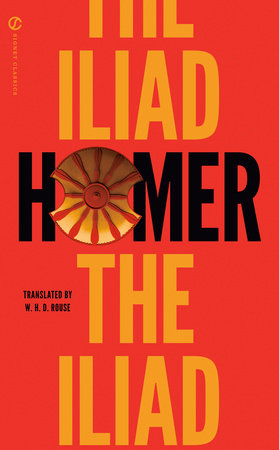Yesterday I went to hear Yoko Ono speak and be interviewed at the CAA Conference downtown. I’ve been a fan of hers for such a long time that I got all silly with a smile on my face when I finally made it to the conference center.
She began the session with family films taken from before her birth up to her first trip to San Francisco in the mid-1930s to reunite with her father. Home movies, some originally in color, from the 30s! And shots of the Golden Gate Bridge before it was even completed! I guess it was good to have a banker (or “frustrated artist”) as a father.
San Francisco always reminds me of Yoko Ono ever since my first trip there was specifically to see the retrospective of her work at the SFMOMA.
Having openings and events at her loft in New York in the early 60s with Duchamp and Cage and Ernst in attendance. Claiming the title of “Dragon Lady” after the press called her that for years as a criticism and thus finally ending the use of that nickname. Suggesting her health and happiness was a byproduct of all the bitter medicine doled out by her critics and enemies. Questioning how by wearing pants in Japan she provoked the ire of Mishima Yukio. Her experiences in Tokyo before the US firebombed it.
The question I wanted to ask but didn’t have the opportunity: In The Aesthetic Dimension, Marcuse argues that art that is purely autonomous and for its own sake inherently contains a cultural critique as it is necessarily informed by a radical political praxis, even more so than art that purposely seeks to effect change. Would you talk about that tension in your own work, for example between some of your Fluxus work as opposed to your more obviously political work, such as the “bed-ins.” Do you see art as necessarily and always political? Can autonomous art effect social change? Must art have obvious political content?
When she was studying music as a very young child, her music instructor assigned this work to the class: go out and transcribe everything you hear on staff paper, including each and every noise. How would you notate the honking of a car? The buzzing of a bee? The trickle from a fountain? What key would it be in? What time signature? She credits this assignment with beginning her life in art. For you teachers: your assignments also have ethical demands. Don’t kill a child’s spirit but open it up to the world.
She concluded the session with a video/documentary of “Onochord”:
i
ii
iii
And I do. Afterwards, she passed out shards of broken pottery, announcing that in ten years we would all meet again to glue the vase back together. I can’t wait.

